Life in The Country
“I mention this only because it surprised me that the image did not immediately snuff itself out as such images generally do, but rather hung around as if it were an emissary from a distant country seeking an audience with the local sovereign. Pay attention! it was saying to me and, what the heck? How often does a person have both the time and the inclination to winkle out a normally sidelined stratigraphy of values and mine it as it was properly meant to be mined?”—Anita Sullivan
“I go to bed thinking about Jorge Luis Borges, who may have once heard a bird singing by night on the outskirts of Barracas, and felt compassion just exactly in the size of that bird.” —Václav Cílek, “To Breathe with Birds”
The Highest Cauldron
By Anita Sullivan
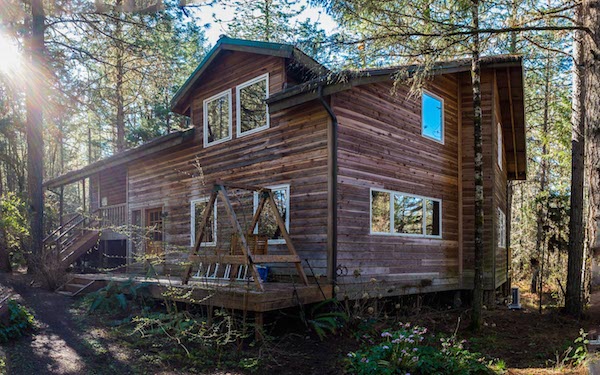
Prologue: I recently sold my house and have moved temporarily into the middle of a second-growth pine and cedar forest. From every window and skylight in my three-story wooden dwelling, I see trunks shooting skyward, I see branches of green and brown needles, dead snags, fallen branches. Wittingly, I have become a forest creature: I have slowed . . . way . . . down.
CRESWELL Oregon—(Weekly Hubris)—4/13/2015—On a recent rainy afternoon, I was eating a late light lunch of fresh snapper, chard, and turnips (snapper quick-fried in lemon, salt and olive oil—turnips and chard steamed together then sprinkled with balsamic honey vinegar), when towards the middle of the meal a small portion of the chopped turnips began to migrate to the rim of my plate. I had a sudden flash that they were doomed to remain uneaten, through no fault of their own.
I mention this only because it surprised me that the image did not immediately snuff itself out as such images generally do, but rather hung around as if it were an emissary from a distant country seeking an audience with the local sovereign. Pay attention! it was saying to me and, what the heck? How often does a person have both the time and the inclination to winkle out a normally sidelined stratigraphy of values and mine it as it was properly meant to be mined?
I wrinkled my brow as if I were a person who had mislaid her capacity for language, and turned my head very slightly to regard the edge of my plate with its stalwart little collection of rapidly-cooling veggies, soon to be tipped into the compost bin beside the sink. I felt neither guilt nor pity—rather it was as if I were part of a painting as it was being painted. I could feel our little tableau being observed, and—briefly, to be sure, but quite firmly—recorded. Fish, chard, turnips, plate, person, large windows, pine forest with blotches of sky showing through, April lurking and whisking her sibilant cloak to remind the painter of the limits to the strain this season’s tilted panes of light could endure without cracking.
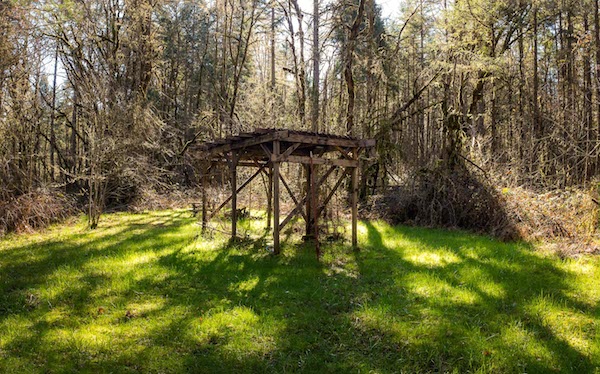
This is what can happen when you move into an empty house in the middle of a pine woods in early spring, three miles from the nearest small town (pop. 501) and its attendant Interstate Highway, although you can hear the traffic like a low sighing of wind in the trees whenever you walk out the front door. Despite the shooting range “down the road” that keeps alive the reminder that we are not currently in a war zone but that an entire population of humans dearly wishes we were and does its best to compensate for the loss. Despite this and the traffic noise, most of the usual din of civilization falls away out here and allows for a pretty fair impression of peace and quiet. At least, that’s what I was brought up to call the core silence that seeps out of the ground here, out of the sky, and out of the trees and plants, and saturates the air. It’s always present; we mostly don’t have full access to it.
Hence, my hierarchy of daily actions is massively skewed into a new shape. An old shape, I probably should say, but way before my recent memory. Either you’re a person who can stand silence, or you’re not. I wasn’t sure which one I was any more, and the fish-chard-turnip episode pretty much let me know that I’m a silence junkie after all. I can feel the base of my brain flaring out gently like one of the white trillium blossoms now appearing all over the forest floor. I feel like Alice in Wonderland outgrowing her house, her head poking up through the chimney. New possibilities are sprouting inside my heart as if it were a forest floor itself, once more chastened and receptive to the green fuzz that has quite simply overcome the twigs, brown pine needles and leaves of the previous season; they have not left, they have been overlain. This goes on all the time. Blossoms are, in the end, cumulative, just as our memories are, our ecstasies, our flashes of love. That they seem to disappear is an illusion. They have moved to another spot on the plate.
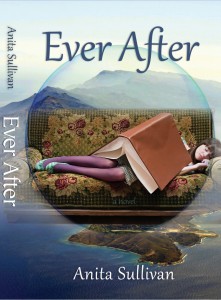
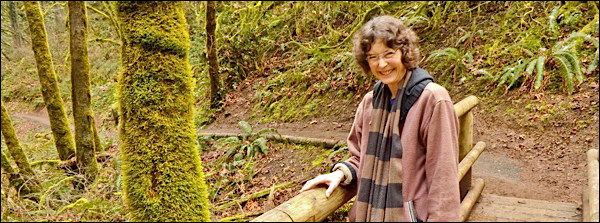
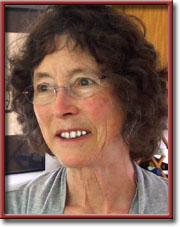
One Comment
diana
Love it, the way you write, the way your mind works, the way you observe and the way you take us with you. Looking forward to seeing where this new house and its woods and silence are going to lead you. xxxxDiana